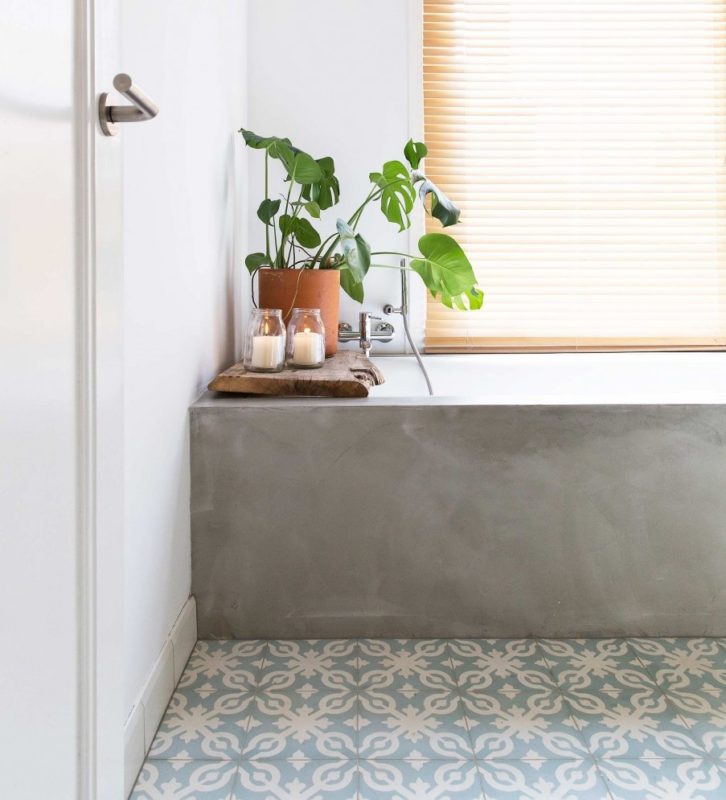eczema
Ditch oatmeal for this household product to help with eczema
This blog is a repost from krissy90220.com
My battle with eczema was a constant battle, some days better than others. Lately I’ve have nothing but good days with the occasional flare up from over indulging in heavily perfumed body washes and partaking in my “trigger foods”.
So let’s back up a year or so. I went to the doctor about increasing the medicinal level of the eczema ointment I was using. Oatmeal baths have never helped I just felt like the one I was using wasn’t working fast enough which required additional applications. This increased the chances of my skin losing its texture only to be smoothed and thin. Using creams or ointments that contain steroids always concerned me but the risks far out weighed the benefits. When you can’t sleep because your skin is itching and raw you’ll overlook quite a few things and at the time it was the only thing that worked. The doctor increased the dose but we didn’t send the prescription to the pharmacist. He gave me 2 options; come in once a week before or after hours and do light therapy. My first thought was “who has time for this? Do they have a portable laser because I can buy a unit online. WHO has time for this?” Option one was out the door. Option two was to try bleach baths. If I haven’t said it already I’m at a specialist’s office at this point. I’ve been to regular doctor’s offices too many times to count and have never been told to try something so basic and here I am at a specialist and he’s asking me to try bleach baths. I could have tried this a million years ago. To add insult to injury the information was printed on a janky piece of paper that was poorly photocopied one too many times.
SO WHY BLEACH BATHS?
In 2006 a study was done with Dr Amy S Paller, the Walter J. Hamlin Professor and chair of dermatology, and professor of pediatrics, at the Northwestern University Feinberg School of Medicine, in Chicago, Illinois. Medical News Today shared some of the findings of the study:
For three months, the treatment group participants had baths in diluted sodium hypochlorite (bleach) and received intranasal mupirocin ointment treatment, while the placebo group participants had intranasal petrolatum ointment treatment and plain water baths. All participants were instructed to soak in their baths for up to 10 minutes twice a week for three months.
The main measure for the results was the Eczema Area and Severity Index score.
The results showed that:
- The prevalence of community-acquired MRSA in this study (7.4 per cent of the S aureus positive skin cultures and 4 per cent of the S aureus positive nasal cultures tested positive for MRSA) was much lower than that of the general population as determined from cultures held at Children’s Memorial Hospital (75 to 85 per cent).
- Patients in the treatment group showed significantly greater mean reductions from baseline (before and after scores) in Eczema Area and Severity Index scores than the placebo group, both at the 1 and 3 month assessment.
- However, scores for the head and neck (they were not submerged during bleach baths) did not go down in the treatment group compared to the placebo group.
- Only the other body sites showed significant reductions in severity scores for the treatment group compared to the placebo group at the 1 and 3 month assessment.
Paller and colleagues concluded that:
Chronic use of dilute bleach baths with intermittent intranasal application of mupirocin ointment decreased the clinical severity of atopic dermatitis [chronic eczema] in patients with clinical signs of secondary bacterial infections.
Patients with atopic dermatitis do not seem to have increased susceptibility to infection or colonization with resistant strains of S aureus,” they added.
In a separate statement, Paller said that the baths were surprisingly odor free, presumably because the bleach was so dilute (they used about half a cup of bleach per full standard tub).
In our clinics, no one had the just-out-of-the-swimming pool smell.
The researchers stopped the study early because the improvement in the treatment group was so dramatic they wanted the placebo group to have the option of getting the same relief. Paller said that the eczema “kept getting better and better with the bleach baths and these baths prevented it from flaring again, which is an ongoing problem for these kids.”
I did enough research so as soon as I got home I decided to give it a try. I didn’t have anything to lose at this point and the research study made sense. Doctors typically prescribe antibiotics to patients with inflamed eczema because of bacteria infection. More than two-thirds of eczema patients show signs of staphylococcus. Since bleach is antibacterial and it’s one of the drivers for flare ups it kinda makes sense. After my first bleach bath I saw noticeable results almost immediately and I do one every 1-3 weeks or whenever I’m having a flare up. When I share this story I get the most confusing looks and unusual questions. “It doesn’t mess up your
“But what about don there *points to vagina*”?”
No one asks this questions when it’s time to hit the pool but it somehow makes it into the conversation about eczema. In case you’re curious- no it doesn’t throw me off balance but it can if you don’t measure the bleach. It doesn’t make you smell like bleach and avoid concentrated, scented, and splash-free formulas. For a full tub I use 3 cap fulls and soak for 30 minutes or longer. I’m a bath girl, I need to soak weekly so it really doesn’t take much time or energy. I still don’t understand why it took so long for a specialist to recommend bleach baths (or bleach therapy as some call it). Could it be for financial reason? Because the study is so new? Who knows. What I do know is that it works for my moderate eczema.
MEASUREMENTS
For a full bathtub of water, use a half cup of bleach. For a half-full tub of water, add a quarter cup of bleach. For a baby or toddler bathtub, add one teaspoon of bleach per gallon of water.

